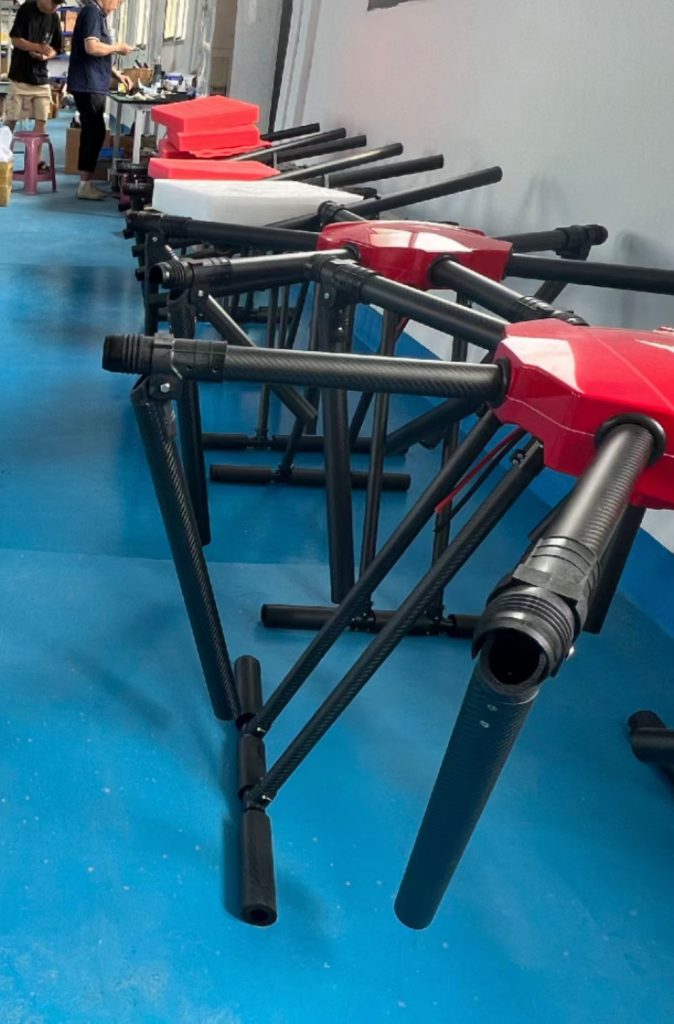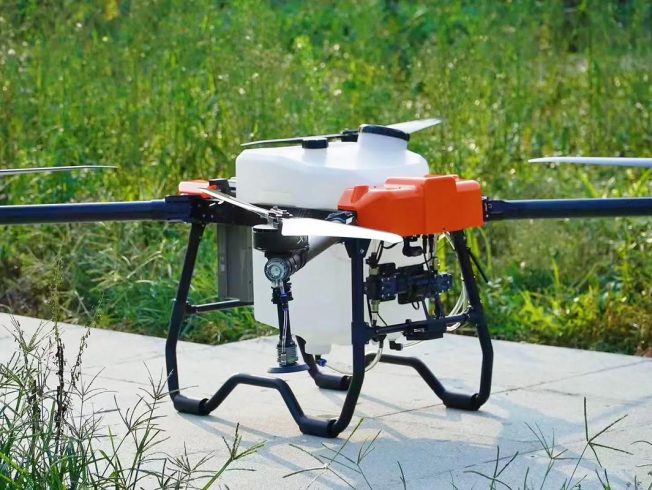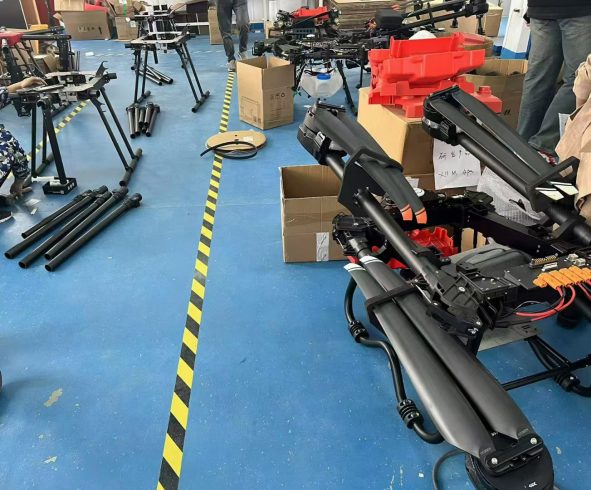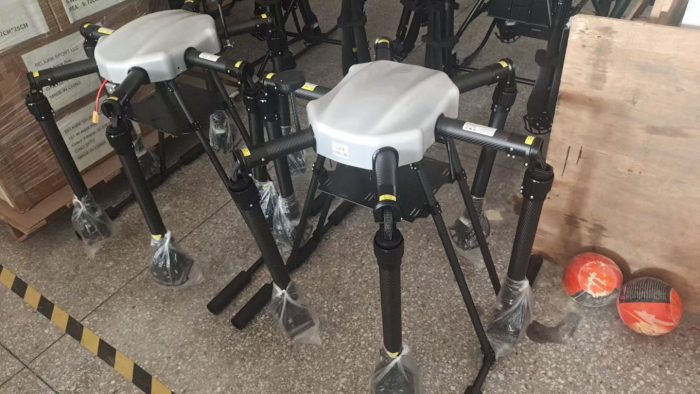
iscover how swarm drone farming revolutionizes agriculture with coordinated fleets of drones. Boost efficiency, reduce costs, and enhance sustainability using AI-driven swarm technology for smarter, scalable farming solutions.
—
Introduction
As global food demand surges and farmland shrinks, traditional farming methods struggle to keep pace. Enter swarm drone farming—a groundbreaking approach where fleets of AI-powered drones collaborate to plant, monitor, spray, and harvest crops with unmatched precision and speed. Inspired by natural swarming behaviors in birds and bees, this technology promises to maximize yields, minimize resource waste, and transform agriculture into a scalable, eco-friendly industry. This article explores how swarm drones work, their transformative potential, and why they’re critical for feeding a growing population.
—
1. What Is Swarm Drone Farming?
Swarm drone farming involves deploying networks of small, autonomous drones that communicate and coordinate via AI algorithms. Unlike single drones, swarms act as a collective “superorganism,” adapting in real time to field conditions, crop needs, and environmental challenges. Key features include:
– Self-Organization: Drones share data and adjust tasks dynamically (e.g., reallocating drones from pest control to irrigation).
– Scalability: Fleets range from 10 to 1,000+ units, ideal for small plots or mega-farms.
– Cost Efficiency: Shared computational power reduces individual drone costs.
Example: A swarm of 50 drones can plant 100 acres in 4 hours—work that would take humans 3 days.
—
2. How Swarm Drone Farming Works
Step 1: Data Collection
– Multispectral Sensors: Drones map soil health, moisture levels, and crop stress using NDVI (Normalized Difference Vegetation Index).
– Satellite & IoT Integration: Weather forecasts and soil moisture data guide swarm behavior.
Step 2: AI-Driven Coordination
– Swarm Intelligence Algorithms: Mimic natural swarms to assign tasks (e.g., “Drone 12 focuses on Zone A’s pest hotspots”).
– Real-Time Adjustments: Drones reroute to avoid obstacles, share battery power, or prioritize critical zones.
Step 3: Collaborative Execution
– Planting: Seed-dispersing drones follow optimal spacing patterns.
– Spraying: Coordinated chemical applications minimize drift and overlap.
– Harvesting: Drones with robotic arms pick fruits or cut crops with surgical precision.
—
3. Advantages of Swarm Drone Farming
Unprecedented Efficiency
– Speed: Swarms complete tasks 10–20x faster than human crews.
– 24/7 Operation: Autonomous drones work day and night, accelerating planting and harvesting cycles.
Resource Optimization
– Chemical Savings: Targeted spraying reduces agrochemical use by 50–70%.
– Water Conservation: Smart irrigation drones cut water waste by 40%.
Sustainability
– Zero Waste: Precise planting and spraying reduce soil erosion and chemical runoff.
– Carbon Neutral: Electric drones emit 90% less CO2 than tractors or planes.
Scalability for All Farms
– Ideal for smallholders (e.g., African small farms) and industrial-scale operations (e.g., Brazilian soybean fields).
—
4. Real-World Applications
Case Study 1: Rice Farms in Vietnam
A swarm of 100 drones planted 500 acres of rice in 6 hours:
– Result: 30% faster than manual planting, 25% higher yields due to uniform spacing.
Case Study 2: Cotton Farms in Texas
Swarm drones monitored and treated bollworm infestations:
– Impact: Reduced pesticide use by 60%, saved $18,000/year in labor and chemical costs.
—
5. Overcoming Adoption Challenges
– Initial Costs: Leasing models and government subsidies offset upfront expenses.
– Skill Gaps: Free AI training platforms simplify swarm management via smartphone apps.
– Regulatory Hurdles: Pre-certified drones comply with FAA, EASA, and local airspace laws.
—
6. The Future: AI, IoT, and Regenerative Agriculture
– Predictive Swarm AI: Algorithms forecast pest outbreaks and weather risks using historical data.
– Swarm Robotics: Drones collaborate with ground robots for fully automated farms.
– Ecosystem Restoration: Swarms plant native trees, combat desertification, and rebuild soil health.
—
Conclusion
Swarm drone farming is not just a technological leap—it’s a paradigm shift in agriculture. By harnessing collective intelligence and AI, swarm drones empower farmers to grow more food with fewer resources, protect ecosystems, and thrive in a climate-challenged world. Embrace this innovation to future-proof your farm and lead the transition to smarter, sustainable agriculture.
Call to Action:
Upgrade to swarm drone technology today. Request a free demo to see how our AI-driven fleets can transform your farm’s efficiency and profitability.












暂无评论内容